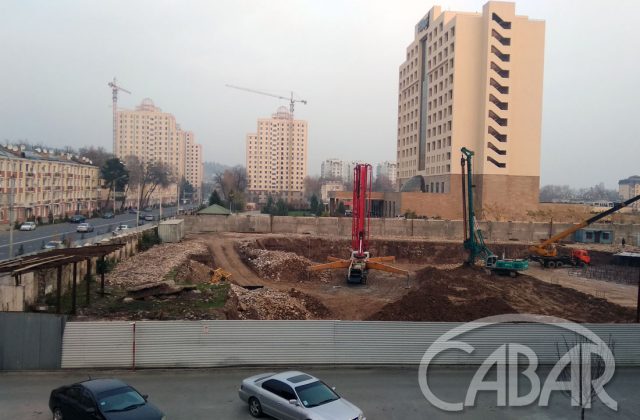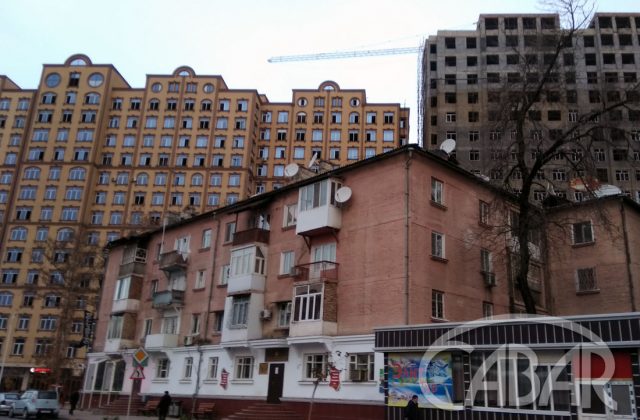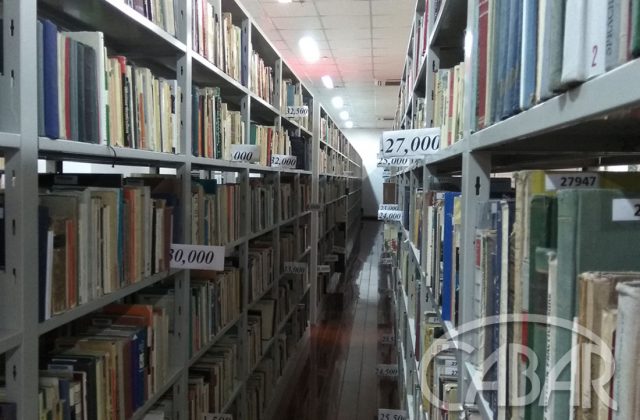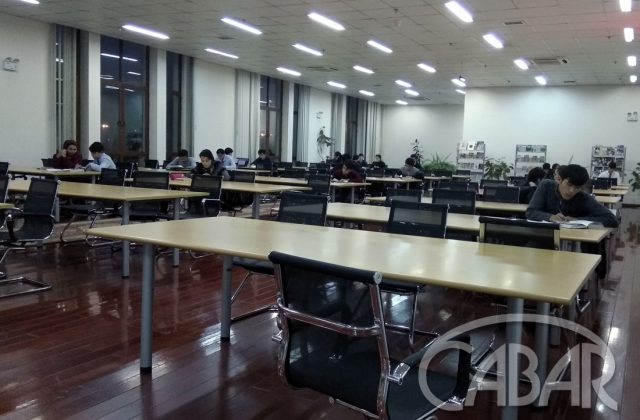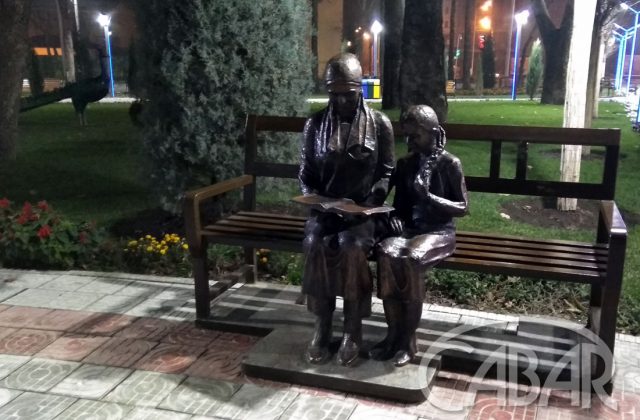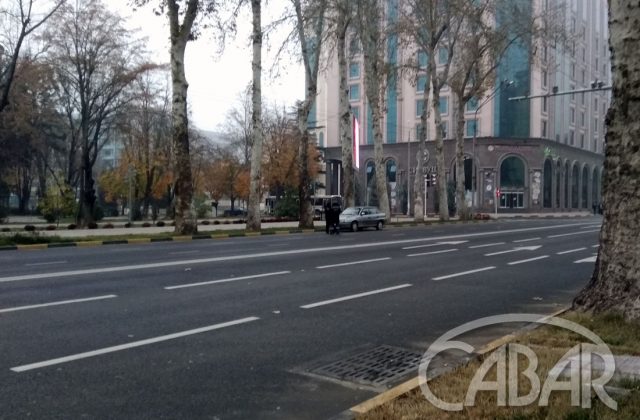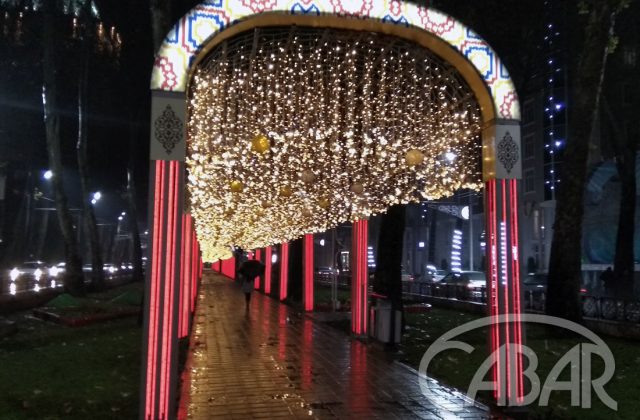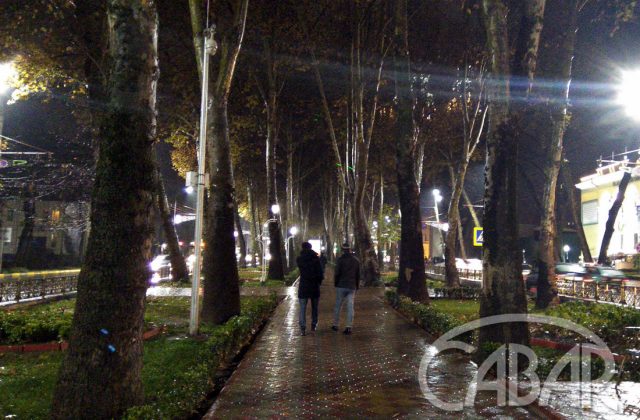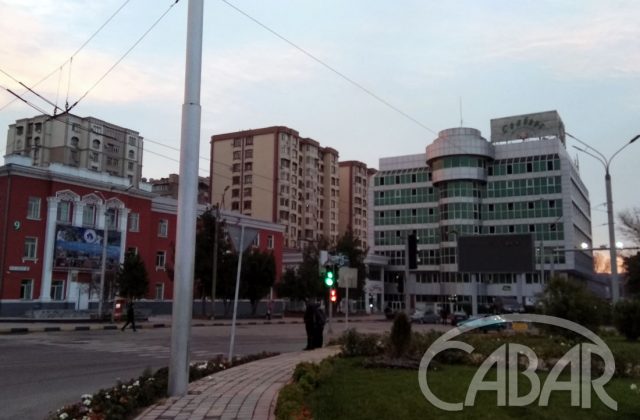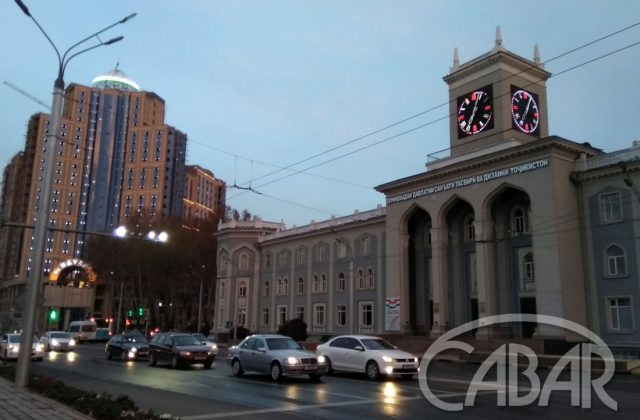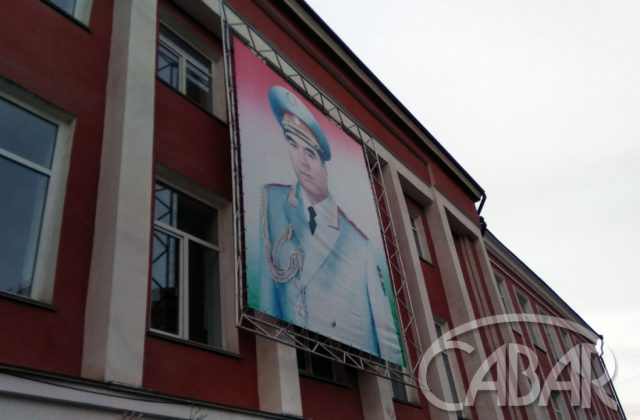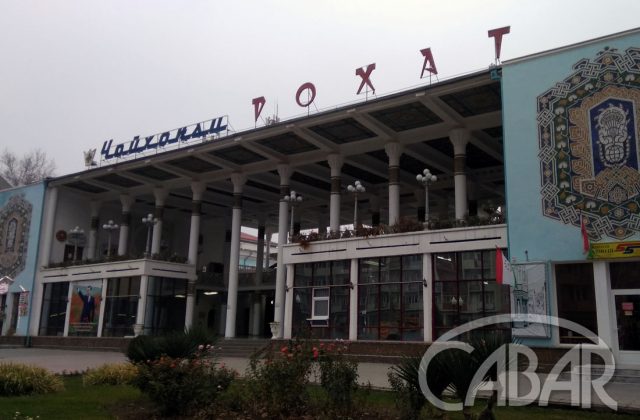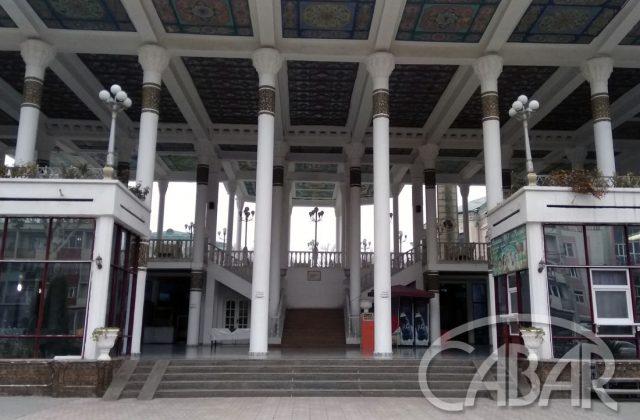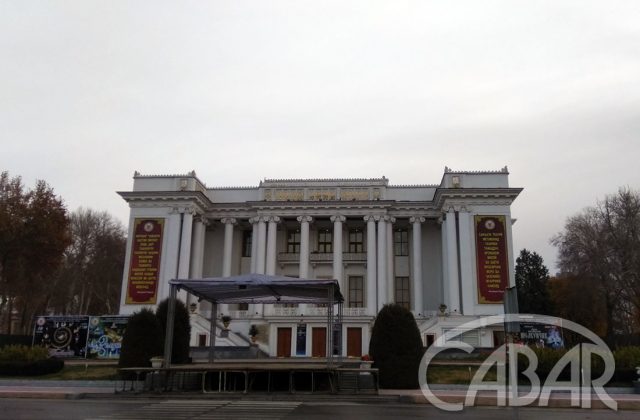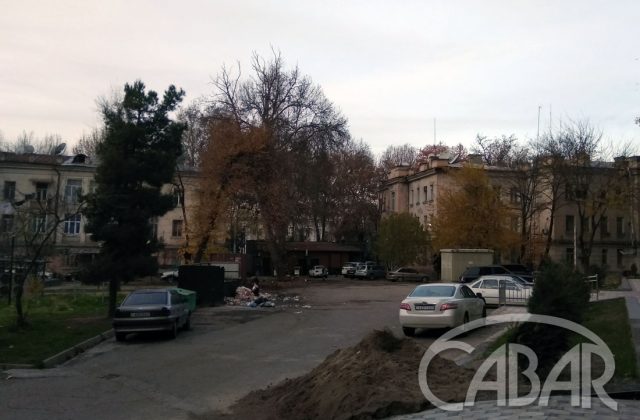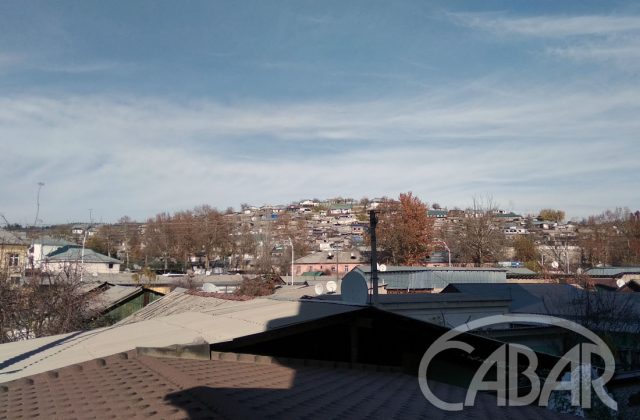The capital of Tajikistan is rapidly developing upward, losing the oriental charm, yet attaining luxury gloss.
Please follow us on LinkedIn
When you get into the centre of Dushanbe, you can hardly believe that last year Tajikistan was the fourth on the list of the poorest countries in the world, according to Focus Economics. Elite high-rises in the capital city gradually replace low-rise Soviet-time buildings, and the whole city is under construction.

The Soviet-time low-rise buildings in Dushanbe are replaced by modern high-rise buildings that resemble ant hills and shopping malls.
However, if in Bishkek high-rises appear chaotically and have no common style, in Dushanbe they are planned and well-thought. It is seen not only in the symmetry of groups of buildings, but in the attempt to give some national flavour to some buildings.
The overall plan of Dushanbe was designed by Soviet architects back in the 80s of last century. But during the years of independence, it was amended several times to demolish dozens of Soviet-era buildings in the town centre. And last December, legislators approved the expansion of the borders of the capital by 7.6 thousand hectares.
A distinctive feature of the country is the pursuit of immensity. The tallest flagpole – 165 metres tall – was recorded in the 2011 by the Guinness Book of Records, but three years later, Tajikistan was surpassed by Saudi Arabia. Before the swimming season, Dushanbe will open the largest water park in Central Asia, and the largest mosque in August. The largest library in the region is also located here.
The National Library of Tajikistan is located in the centre of a group of government buildings in Dushanbe. It has 9 floors and 45 thousand square metres. The storage contains up to 10 million books and after its opening in 2012, the authorities announced the collection of books for the new library from the public.
A library pass for foreigners costs 10 somoni (about 1 dollar) for three years. According to the library staff, about 100 people receive library passes every day, and the daily flow of visitors is 600-1,000 people. These are mainly students and schoolchildren who prepare for classes or tests.
In total, there are 1,572 libraries in Tajikistan and local residents explain their relative popularity among people by high book prices in stores and by unavailability of electronic equivalents on the Internet.
The reading theme can also be seen in statues in the parks of Dushanbe.
Parks and landscaping are worth mentioning separately. Despite the active construction works, large areas in Dushanbe are allocated for landscaped areas. In recent years, new squares, parks and playgrounds have been opened in the capital.
The main street of Dushanbe – Rudaki Avenue – looks more like a boulevard with green spaces and LED arches.
To keep it clean, the mayor’s office has hired special people who walk along the street and use laser pointers to scare crows away.

Despite 700-800 thousand people living in the capital, the city looks thinly populated. Especially in the evening the streets look empty.
Since January 2017, the mayor of Dushanbe is Rustam Emomali, the eldest son of the President of Tajikistan, Emomali Rakhmon. If at first local residents had doubts about his candidacy, today they have a loyal attitude towards him. Mostly, it is due to the outcomes of his work, but also because it is easier to reach the leader of state through his son, rather than another official.
The attitude towards the head of state can be seen in the numerous portraits hanging on buildings.
The demolition of historic buildings along Rudaki Avenue has been discussed since 2016. From time to time, the local administration gets rid of the Soviet architecture and the Soviet past, replacing them with modern buildings and striving for a bright, fashionable future.
Many buildings of the Soviet period in Dushanbe are a mix of national and classical European architecture. This style is also called Leningrad classic or neoclassicism of the Stalin era.
Rokhat Teahouse has been on the main street of Dushanbe since 1958 and has been recognised as one of the best 11 teahouses in the world. Over the years, this building has become a kind of a sign and symbol of the city.
However, the news of its demolition in 2017 stirred up the public and caused many complaints. According to the reports, the territory of the city administration was to be expanded by the demolition of the teahouse and the Lokhuti Theatre. But last summer, the Dushanbe authorities claimed they were not going to demolish them.
But no matter how modern and polished the centre of the capital looks, one should go a little deeper or drive closer to the city outskirts. A much more earthy view opens here, which reminds us that Tajikistan has the lowest level of average salary in Central Asia.
According to official data, about 30% of the population of Tajikistan live below the poverty line. These are the people whose monthly income is 20 dollars.
Last year, the UN Food and Agriculture Organisation of the United Nations published a report, which provided that almost a third of the population, or 2.6 million people, is undernourished. According to the World Bank, every fifth child in the country suffers from malnutrition.
This article was prepared as part of the Giving Voice, Driving Change – from the Borderland to the Steppes Project implemented with the financial support of the Foreign Ministry of Norway. The opinions expressed in the article do not reflect the position of the editorial or donor.




















